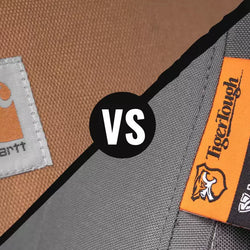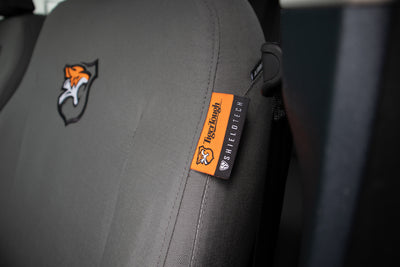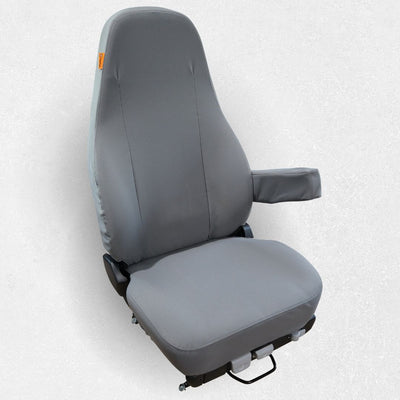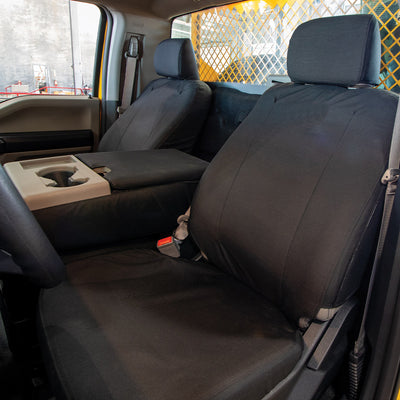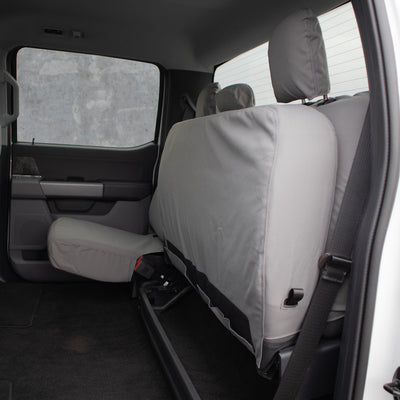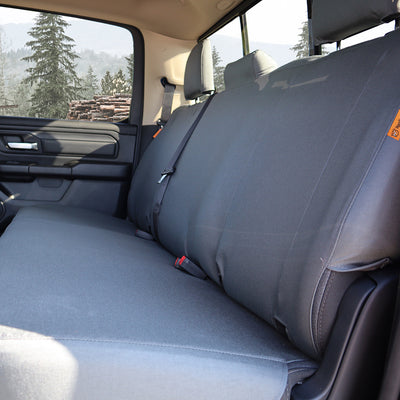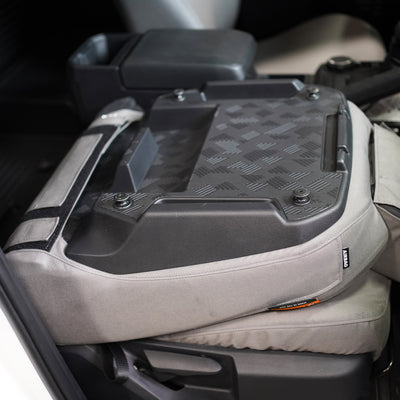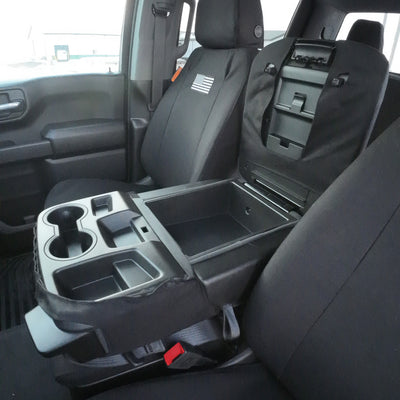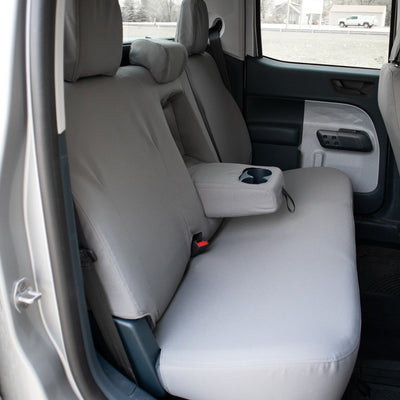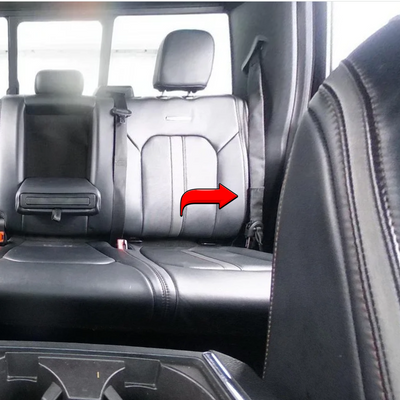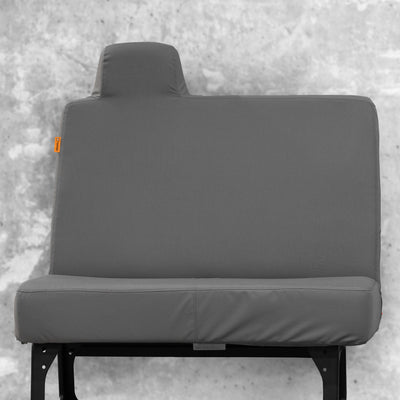TigerTough vs. Tar: How to get tar out of a seat cover
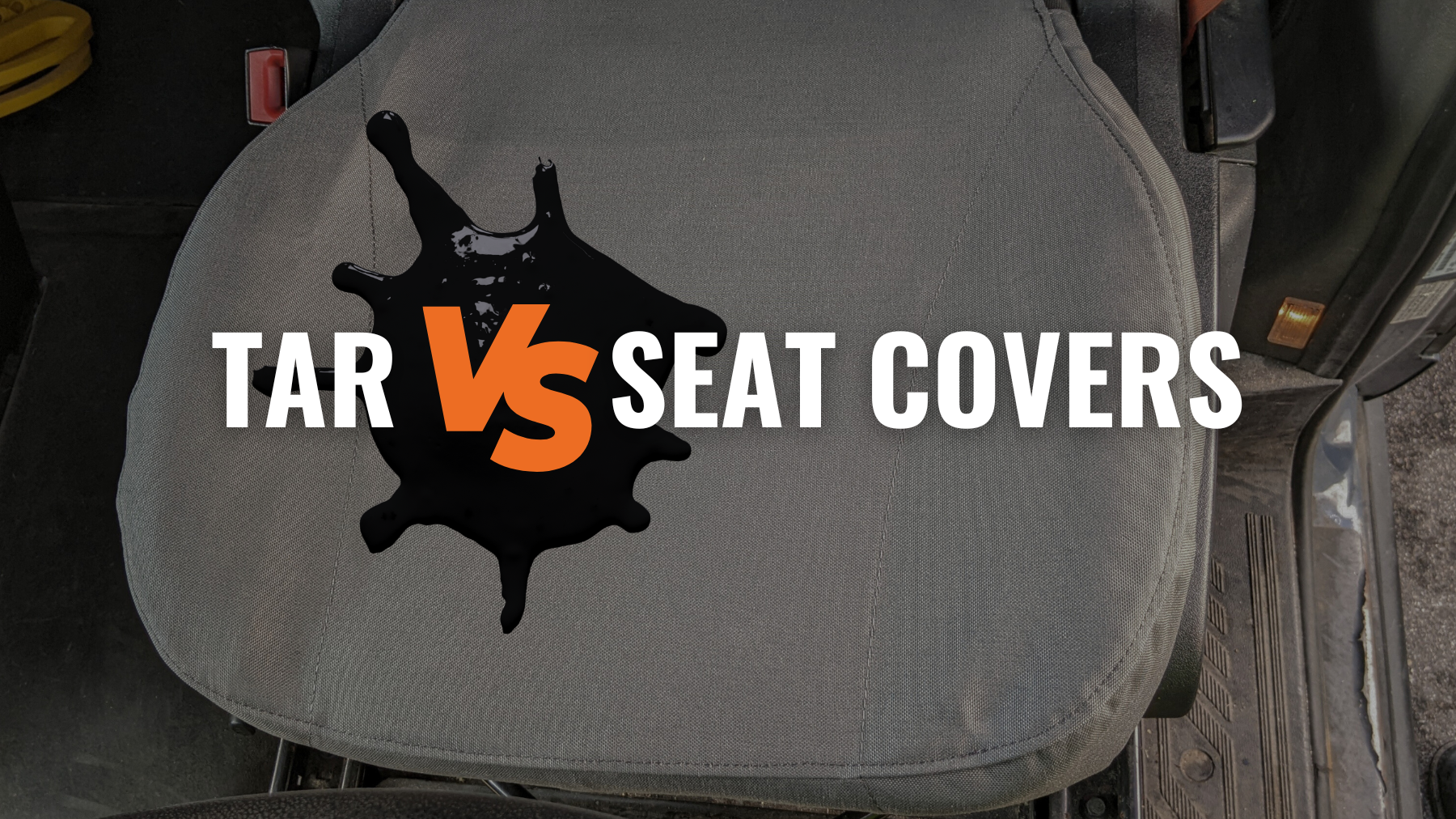
In construction, tar smears on vehicle seat covers isn't abnormal. A paving company we work with told us about a little secret formula they've been using: brake cleaner and a putty knife to tackle tar on their seat covers.
This method wasn't something we found in any standard cleaning guide, but it was intriguing enough to put to the test.
The Experiment Takes Shape
With a healthy dose of skepticism and a can-do attitude, we launched this experiment. (Can you believe they pay us to do this?)
Our first step was, admittedly, a bit overzealous. We applied the tar liberally, more than was probably necessary. After letting it sit and dry for a couple of days, we came back to assess the situation.
Getting Down to Business
Equipped with brake cleaner and a putty knife, just as recommended, we got down to the nitty-gritty. It was a straightforward process: apply the cleaner, let it soak in briefly, then gently scrape away at the tar. This wasn't a quick wax-on-wax-off kind of job. It required about 15 minutes of diligent work, but to our surprise, the tar came off completely without leaving any damage to the seat or its cover.
A Word of Caution
Even with this success, it's important to note that this isn't your average cleaning hack. Brake cleaner is strong stuff, designed for mechanical parts, not fabric. And while a putty knife can be a handy tool, there's always a risk of nicking or cutting the material if you're not careful.
So, while we can vouch for the effectiveness of this method in our experience, it's not something we'd recommend without reservations. It's critical to use this approach with caution, understanding the potential risks to both safety and the materials you're working with.
And just like grease on seat covers, we'd recommend tossing the cover in the wash after removing tar.
This unconventional cleaning method goes to show that sometimes, the most effective solutions come from the field, born out of necessity and practical know-how. However, it's always crucial to balance innovation with caution, particularly when dealing with powerful chemicals and manual tools. For those in the blue-collar sectors, where ingenuity meets hard work, such experiments can be part of the job.
Recent Posts

Best Hunting Seat Covers for Your Truck

Comparing Coverland and TigerTough Seat Covers

TigerTough vs. Northwest Seat Covers: A Side-by-Side Review




